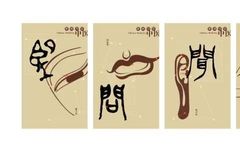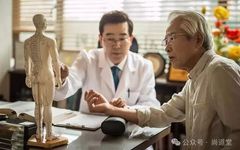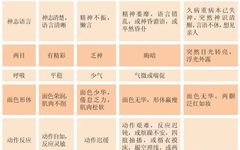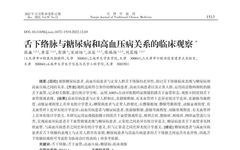Reflections on Clinical Observation: The Influence of Patient Emotions on Medical Outcomes
Reflections on Clinical Observation I am grateful to my master for approving my application to observe clinical practice, allowing me the fortune to come to Peach Blossom Island (which feels more like a place for heroes), where I have made many good friends and like-minded seniors from all directions. Upon arrival, I discovered that they … Read more









